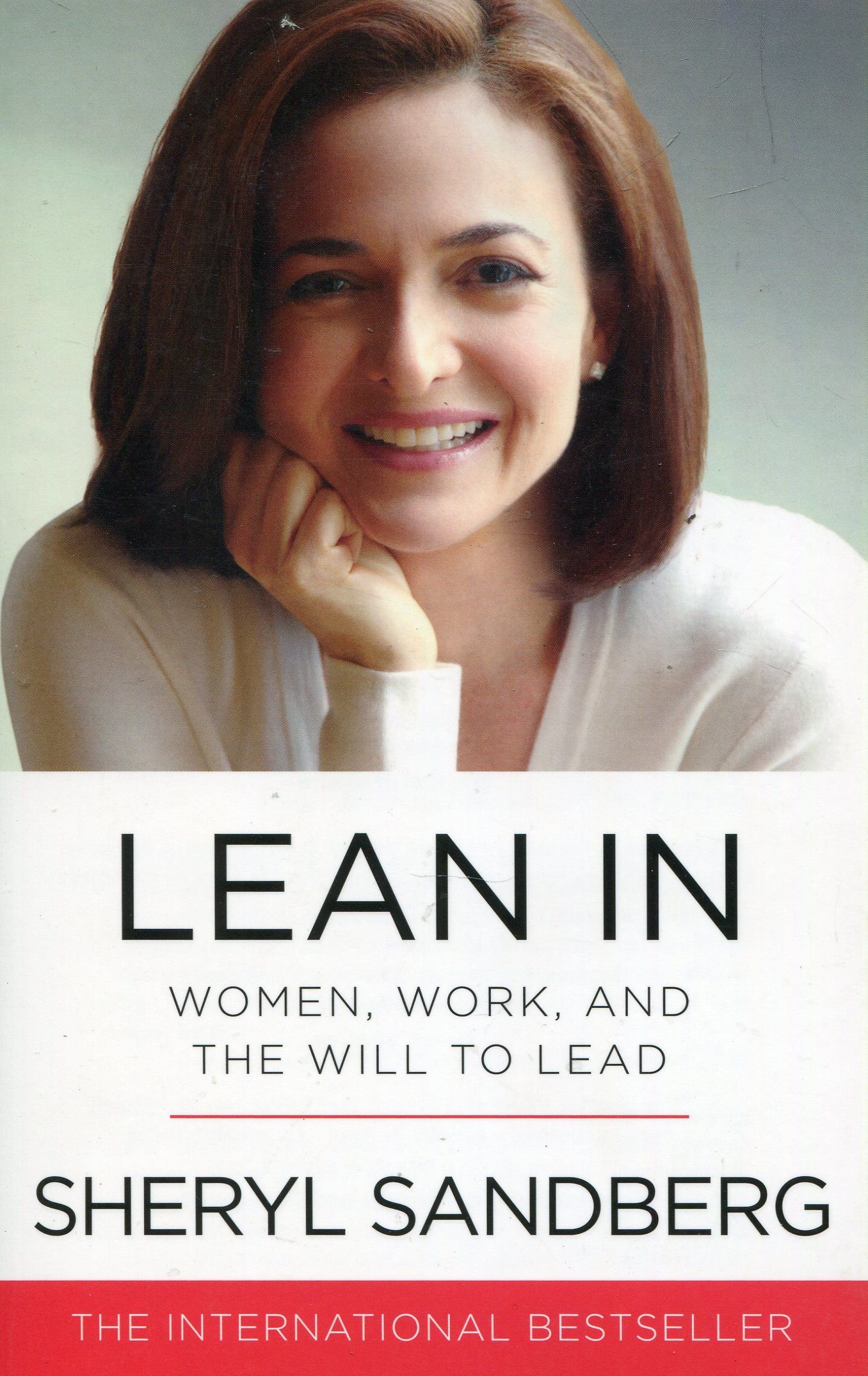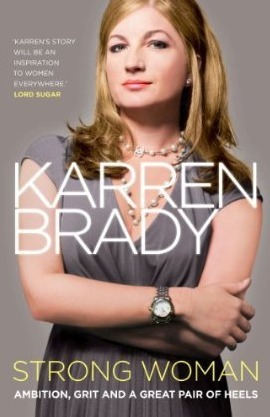
The Confidence Code: The Science and Art of Self-Assurance – What Women Should Know
Book Description
What if the key to unlocking your potential lies not in skills or experience, but in your confidence? "The Confidence Code" dives deep into the intricate dance between science and self-assurance, revealing how women can break through the self-doubt that holds them back. Packed with cutting-edge research and captivating stories, this powerful guide illuminates the path to resilience and daring self-expression. From boardrooms to everyday challenges, it exposes the secrets that fuel success and empowers readers to reclaim their narratives. Are you ready to discover the confidence to conquer the world?
Quick Book Summary
"The Confidence Code" by Katty Kay explores the significance of confidence in shaping women's success, arguing that self-assurance is often more critical than talent or experience. Drawing on scientific studies, interviews, and real-life examples, Kay unveils the biological, psychological, and societal roots of confidence gaps between men and women. The book dissects how cultural norms, upbringing, and even brain chemistry influence the way women perceive their abilities. Moreover, it provides actionable advice and practical exercises for women to consciously build authentic self-confidence. Empowering and informative, "The Confidence Code" serves as both a wake-up call and a toolkit, demonstrating that confidence is not an elusive trait but a learnable skill that can open doors to personal and professional growth.
Summary of Key Ideas
Table of Contents
Understanding the Confidence Gap
Kay begins by highlighting the observable "confidence gap" between men and women: studies consistently show that women tend to underestimate their abilities, hold back from seizing opportunities, and doubt themselves more than their male peers. This gap has tangible consequences, resulting in fewer women rising to top leadership roles or negotiating for what they deserve. The opening section sets the stage by defining confidence not as arrogance, but as a belief in one’s ability to take action and succeed, and emphasizes how often women’s achievements lag not due to lack of ability but lack of self-assurance.
The Science Behind Confidence
Delving into the science, the book presents research from psychology, neuroscience, and genetics, revealing how nature and nurture converge in shaping confidence. Studies on brain function and hormonal influences provide clues to why women may exhibit more caution or self-critique. However, scientific findings also show that confidence is malleable and can be cultivated through intentional practice. Kay underscores that while certain tendencies may be predisposed, the human brain’s plasticity equips everyone with the ability to rewire thought patterns for increased self-assurance.
Societal and Cultural Influences on Female Self-Assurance
The book examines the powerful impact of society and culture, exploring how upbringing, media, and gendered expectations contribute to stifling women's confidence from a young age. Girls are often praised for perfection and compliance, while risk-taking behavior is encouraged more frequently in boys. These subtle yet pervasive messages reshape how women perceive themselves and their potential, feeding into imposter syndrome, chronic self-doubt, and the avoidance of challenges that foster growth. Recognizing these forces is essential for breaking the cycle.
The Role of Action and Risk-Taking
Taking action is presented as the cornerstone of confidence. Kay explains that confidence develops through risk-taking and embracing failure rather than mere positive thinking. The act of “doing” becomes a virtuous cycle—action breeds confidence, which then inspires further action. The book offers case studies of successful women who credit their achievements to stepping outside their comfort zones and persisting despite setbacks. Overcoming paralysis by analysis and silencing the inner critic are crucial steps in this process.
Strategies for Building Lasting Confidence
Concluding with practical strategies, the book equips readers with tools to identify limiting beliefs, practice self-affirmation, and set realistic goals. Kay provides actionable tips, such as reframing negative self-talk, soliciting feedback, and surrounding oneself with supportive networks. Above all, the book champions authenticity, urging women to define confidence on their own terms rather than conforming to stereotypical models. Readers are ultimately reminded that confidence is a skill, one that improves through deliberate effort, courageous actions, and a willingness to learn from adversity.
Download This Summary
Get a free PDF of this summary instantly — no email required.





